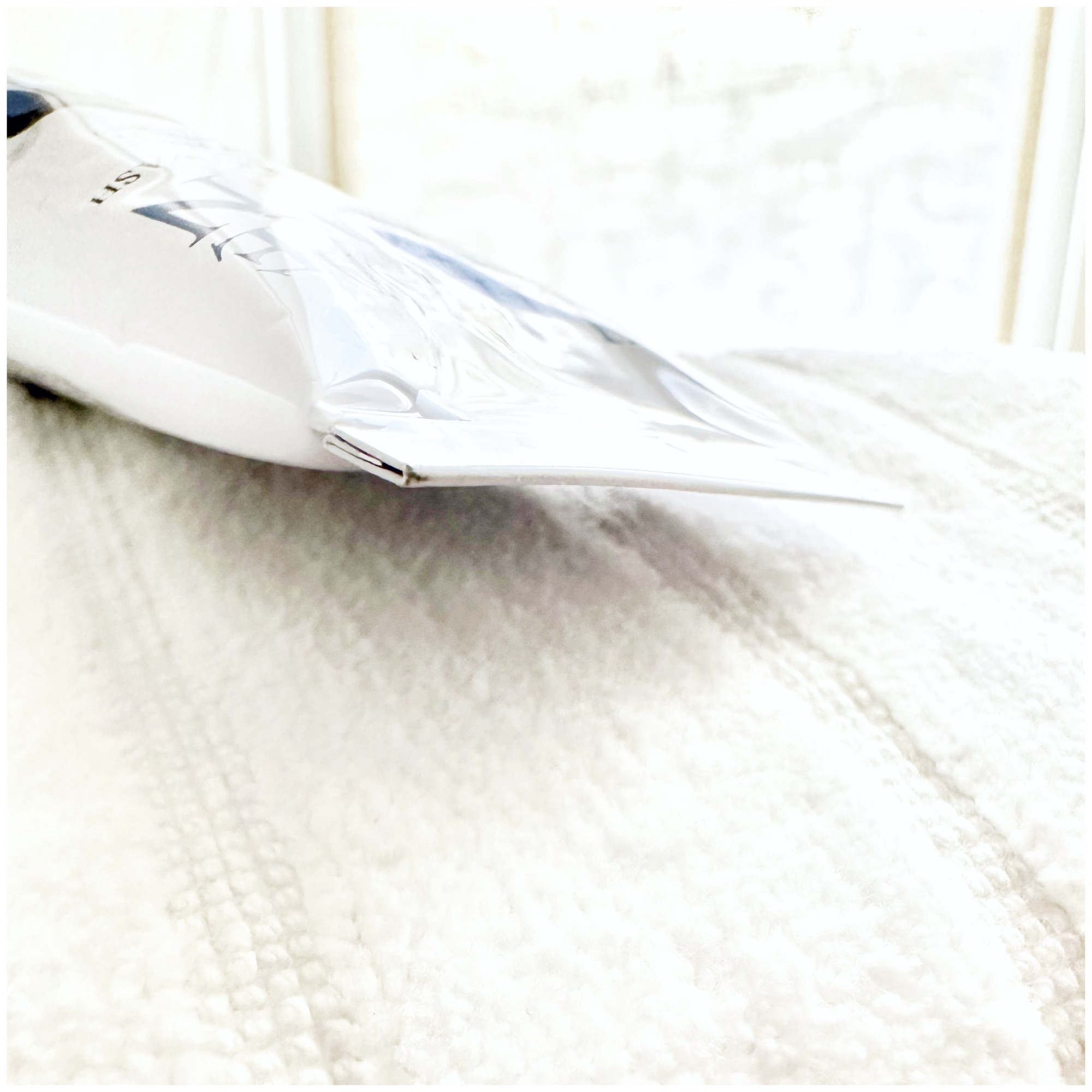Photopatch test positive melasma with subtle photosensitivity among sun shy Asians.
Verallo-Rowell VM.
Oral Presentation/Abstracts: 7th Asian Congress of Dermatology, Kuala Lumpur, Malaysia Sept. 2005
ABSTRACT
In 2002, we published the book Skin in the Tropics, Sunscreens and Hyperpigmentations which included an article on the proposed genesis of melasma. The article proposed that melasma can be a low grade, subclinical photosensitivity reaction. It proposed that the photosensitivity was induced by mild chemicals present in the environment or used as a common ingredient in photosensitivity reactions.
This proposal was based on relevant photocontact dermatitis shown by photopatch testing.
l Subseequent to the article, we contined to perform photopatch testing among Asians who presented themselves with melasma. Most of these patients were recalcitrant to treatment, or responded to treatment but repeatedly had recurrences of melasma, despite continued use of medications that previously cleared their melasma.
Based on our previous premise that melasma is a photosensitivity reaction, we continued to perform photopatch testing on these patients. These patients with melasma, when more carefully examined, showed the following profile: dyscrhomia ( hyperpigmentaion and / or hypopigmentation without antecedent erythema or itching, as the presentation of the melasma. Invariably, since almost 100 % of thse patients were serious about avoiding sun exposure, they did not notic a very mild, mostly unnoticeable hyperpigmentation of the exposed areas of the arms and neck. The latter was generally not noticed, until noted or shown to them by the examining physician.
Several cases with this profile: recalcitrant, difficult to treat melasma’ recurrent melasma; despite continued treatment with belaching preparations and high potency sunscreens; presence of darkening pigmentation discolorations on the exposed areas of the face, neck and arms despite serious avoidance of sun exposure.
Phototpatch test results in these patients , done sequentially, and randomized, dictated only by the ability of the patient to pay the photopatch testing, invariably had similar results: photoallergy to perfume ingredients; antiseptic products; plant ingredients;; drugs used in the treatment of other medical conditions
Photosensitivity, low grade has a different presentation among Asians who generally do not expose themselves to the sun.






